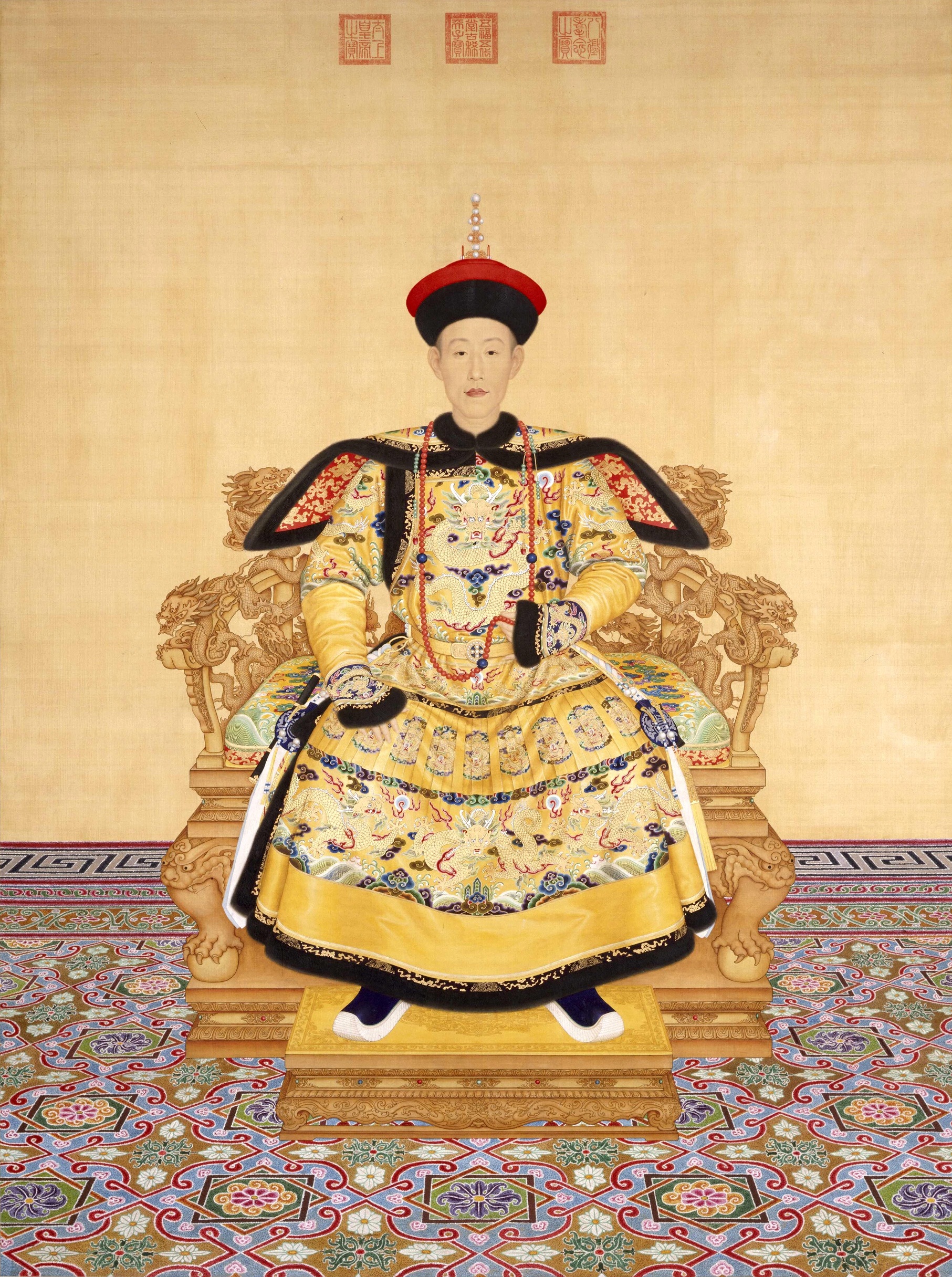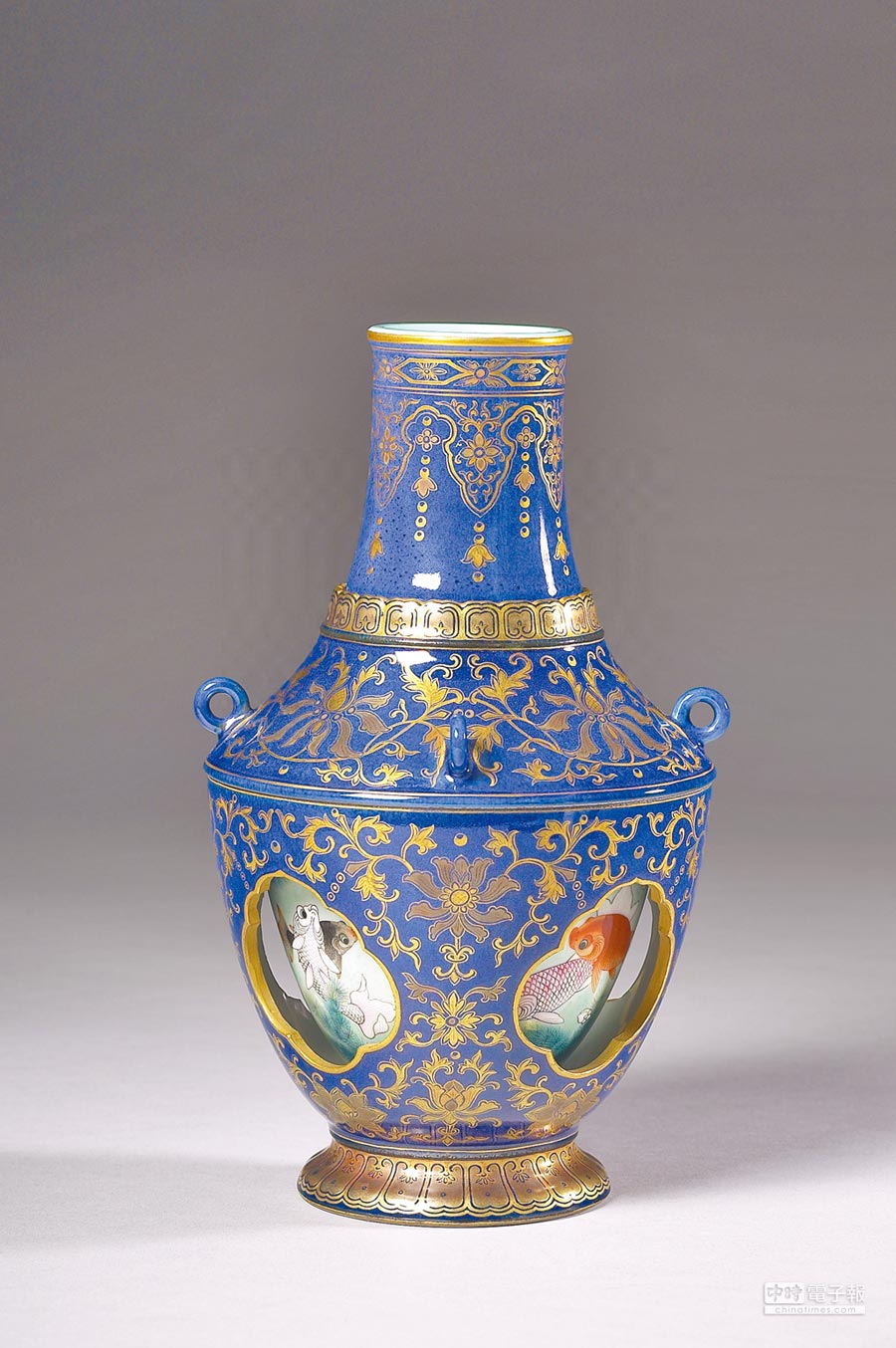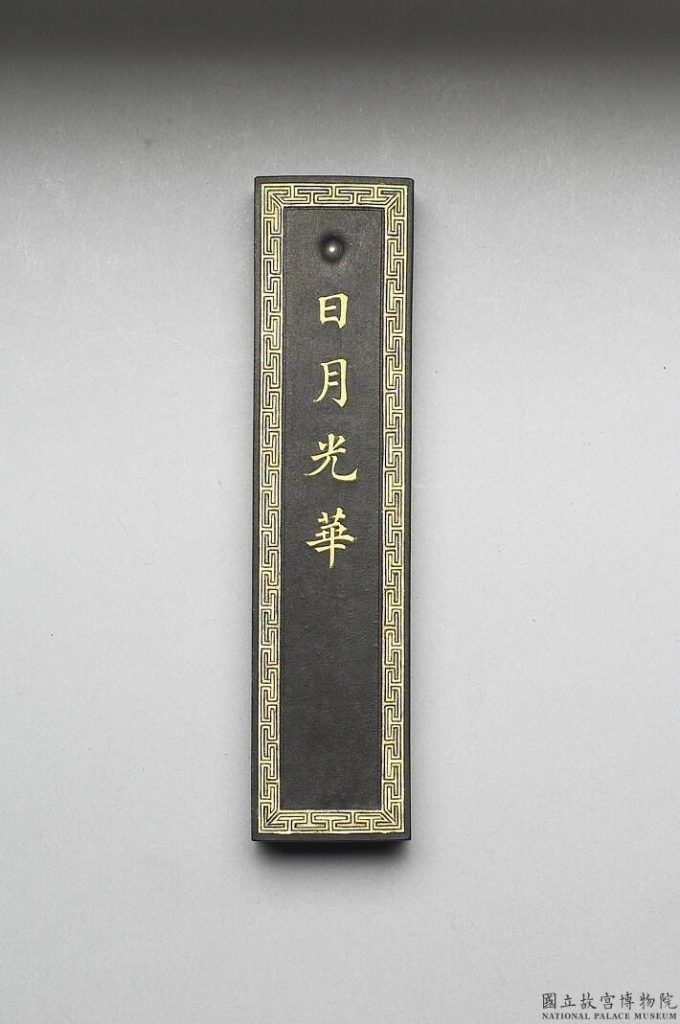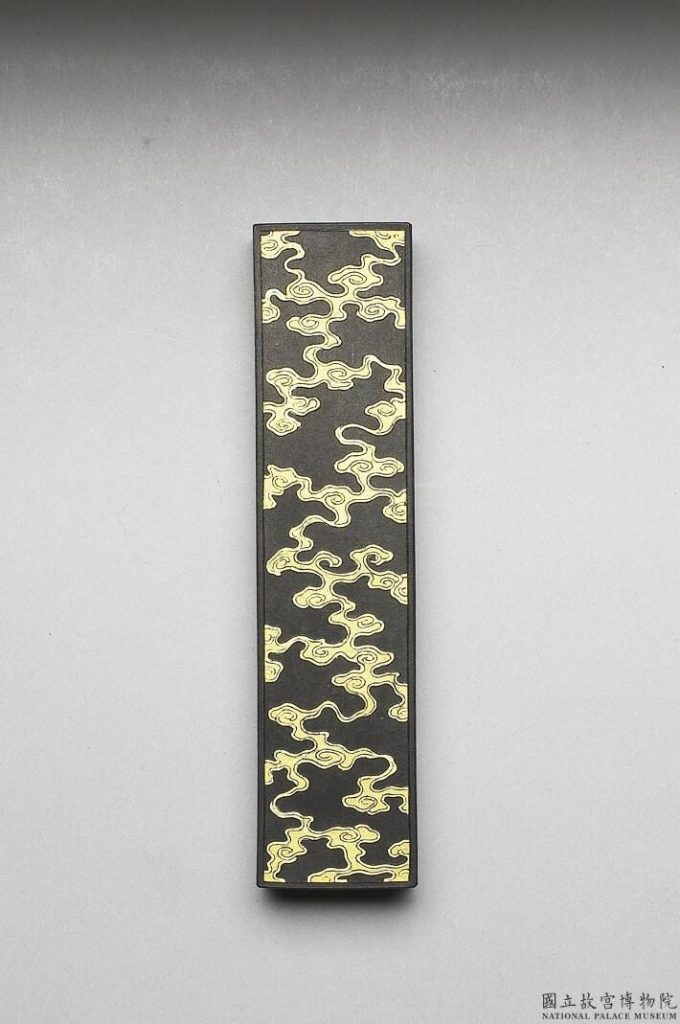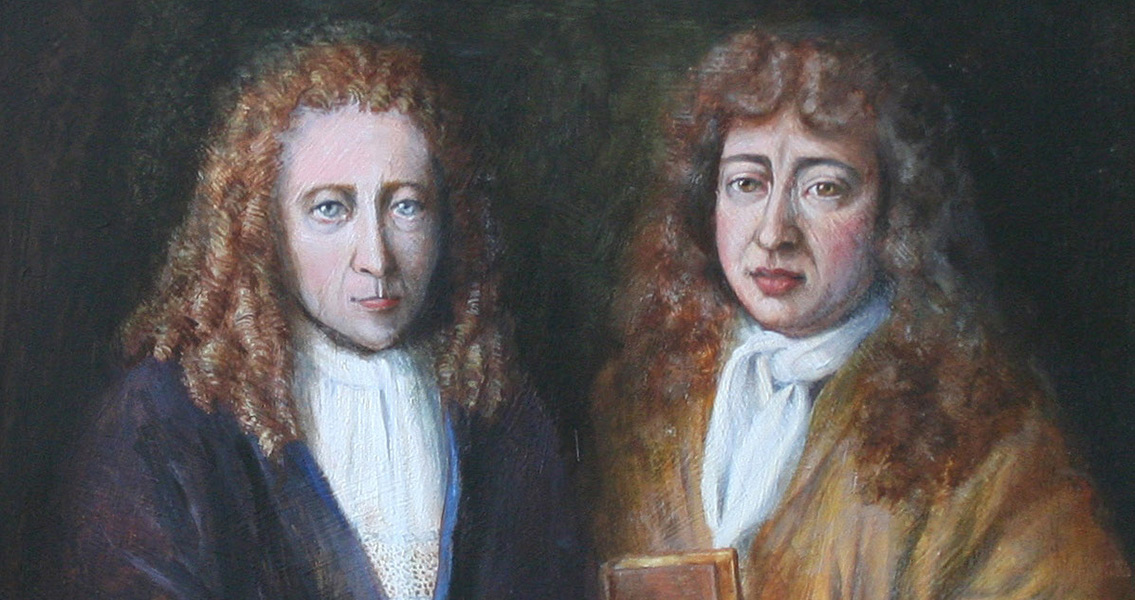Eugène Grasset

Eugène Grasset (25 May 1845 – 23 October 1917) was a Franco-Swiss artist and also one of the Art Nouveau painters. In early, he was taught by François Bocion who had been teaching at the Lausanne École Industrielle for forty years. After graduation, his family took him on a trip to Egypt which had an important influence on his future style. He became interested in Egyptian art and Japanese prints.
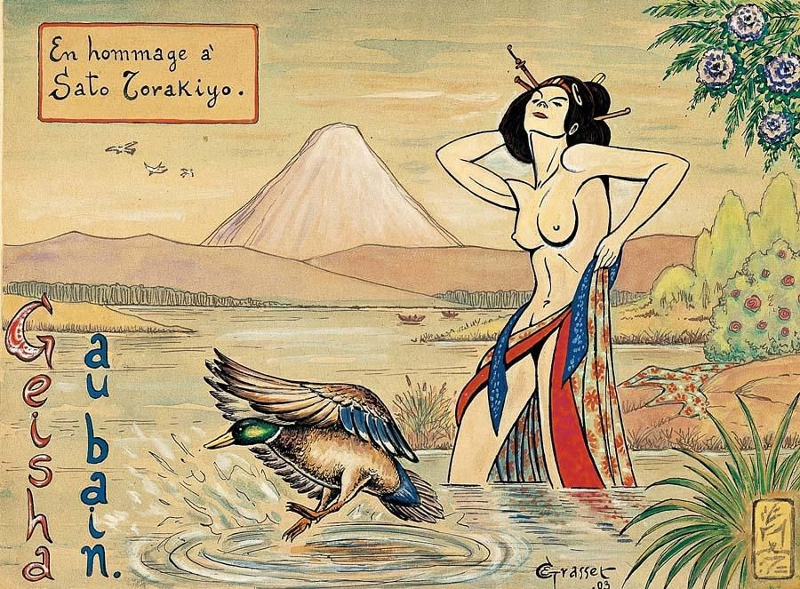
In addition, Grasset’s father was a cabinetmaker and sculptor, that Eugène Grasset was influenced by him so much since he was young because he could have so much practice in these crafts.

Eugène Grasset‘s works were known for delicate elements, such as flowers, trees, and plants, and largely using curvy and circular motifs. The influence of Japanism is obvious, complex lines and float graphic build up a lot of his images.
Alfred Choubrac

Alfred Choubrac ( Paris, 30 December 1853 – Paris, 25 July 1902 ) was a French poster artist. His elder brother, Léon Choubrac (17 November 1847 – 5 April 1885), was also a poster designer, and they were both trained by Charles Doërr and Isidore Pils at the École des Beaux Arts. Afterward, they created the Ateliers Choubrac and work for themselves.

Alfred Choubrac’s works are mainly about the posters for the shows in the Parisian night-life scene of the Belle Époque such as the Théâtre des Variétés, Théâtre du Châtelet, Folies Bergère. Due to this topic, in April 1891, under the orders from the Minister of the Interior, several of Alfred’s posters were prohibited and he was brought to court along with the printers. However, Alfred said that “nudity is exposed everywhere and in much more provocative ways; and I frankly confess that I do not see where the evil was, I sought to make a work of art and nothing more.”
Reference
https://en.wikipedia.org/wiki/Eug%C3%A8ne_Grasset https://www.widewalls.ch/artist/eugene-grasset/ https://en.wikipedia.org/wiki/L%C3%A9on_Choubrac https://en.wikipedia.org/wiki/Alfred_Choubrac https://www.europeana.eu/portal/en/explore/people/118578-alfred-choubrac.html
